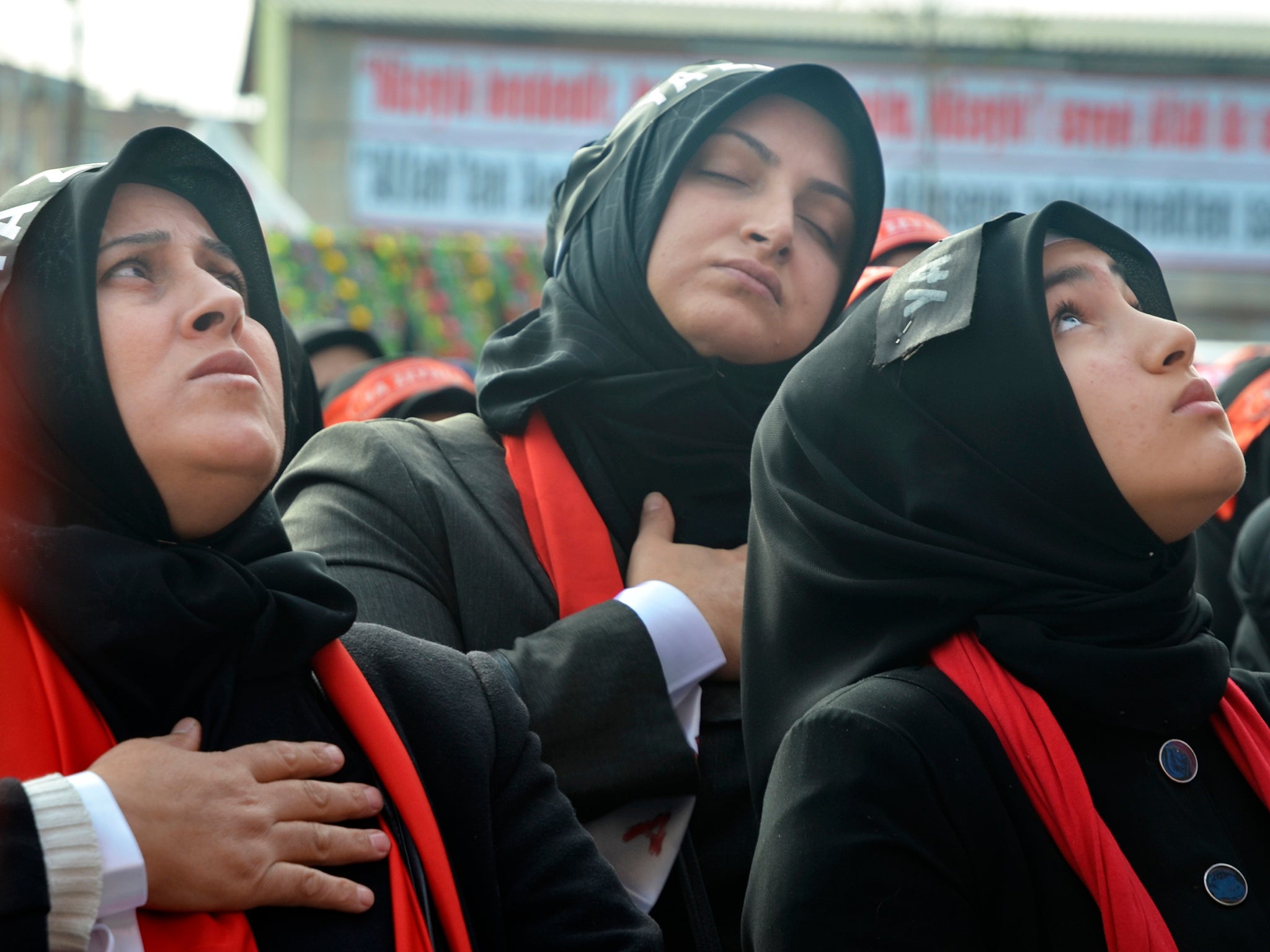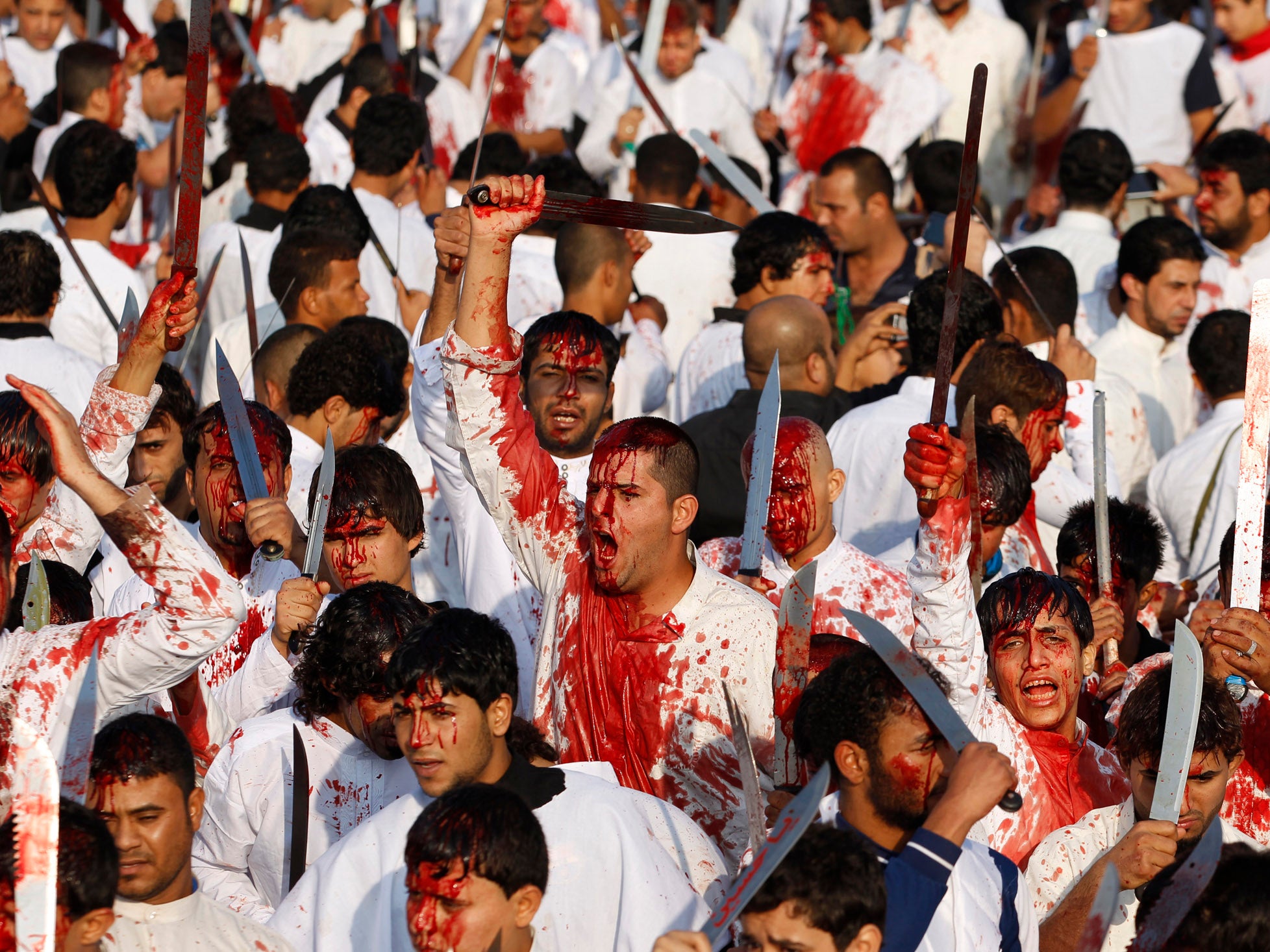Muharram 2018: How is the Islamic New Year celebrated and when is it?
Muslims across the world are preparing to welcome 1440 AH

Your support helps us to tell the story
From reproductive rights to climate change to Big Tech, The Independent is on the ground when the story is developing. Whether it's investigating the financials of Elon Musk's pro-Trump PAC or producing our latest documentary, 'The A Word', which shines a light on the American women fighting for reproductive rights, we know how important it is to parse out the facts from the messaging.
At such a critical moment in US history, we need reporters on the ground. Your donation allows us to keep sending journalists to speak to both sides of the story.
The Independent is trusted by Americans across the entire political spectrum. And unlike many other quality news outlets, we choose not to lock Americans out of our reporting and analysis with paywalls. We believe quality journalism should be available to everyone, paid for by those who can afford it.
Your support makes all the difference.Muslims across the world will welcome the Islamic New Year next week, which will mark the beginning of Muharram – the first month of the Islamic lunar calendar.
Like other Islamic celebrations, the dates differ from year to year in relation to the Gregorian calendar, as they are based on the lunar cycle.
But what is Muharram and when exactly is it?
What is Islamic New Year?
The Islamic New Year begins with the sighting of the new moon at sunset. Its arrival signals the beginning of the month of Muharram – one of the four holy months of the Islamic calendar.
Muharram is the second most holy month of the Islamic year, after Ramadan, its name meaning “forbidden”, many followers of the faith choosing to fast on its ninth and tenth days.
The first month of the year also marks the anniversary of the historic Battle of Karbala on 10 October 680 AD where the grandson of the Prophet Muhammad, Imam Hussein ibn Ali, was killed during the siege of the Iraqi city 100km south of Baghdad, an event widely commemorated by Shia Muslims.
The New Year also honours the emigration of Muhammad from Mecca to Medina, which was known as the Hijrah and gives the first day of the year its name.
When is it?
Hijri New Year will fall on 11 September for most Muslims this year.
In some Islamic countries, including Saudi Arabia - astronomical calculations are used to determine the dates of the Islamic calendar instead - and, for this reason, there are sometimes differences of up to two days as to precisely when the date falls depending on where you are.
What year is it?
Islamic years are usually followed by the letter “H”, for Hijrah, or “AH”, for the Latin term Anno Hegirae, meaning “in the year of the Hijrah”.
At the moment, the Islamic year is 1439 AH. From next week, it will be 1440 AH.
How is the New Year celebrated?
For many Muslims, the New Year represents a period for self-reflection and historical awareness. Prayers and fasting build up towards the tenth day of Muharram, known as Ashura, when the massacre at Karbala is remembered.

Mourning congregations gather to express grief, with Shia Muslim sects commonly practising chest beating, known as the Latyma, and sometimes self-flagellation and the cutting of their foreheads.
Sunni Muslims regard Ashura as a day of respect and gratitude for the Prophet Moses but do not participate in the ritual.
Join our commenting forum
Join thought-provoking conversations, follow other Independent readers and see their replies
Comments